I had a similar issue uploading to an S3 bucket protected with KWS encryption.
I have a minimal policy that allows the addition of objects under a specific s3 key.
I needed to add the following KMS permissions to my policy to allow the role to put objects in the bucket. (Might be slightly more than are strictly required)
{
"Version": "2012-10-17",
"Statement": [
{
"Sid": "VisualEditor0",
"Effect": "Allow",
"Action": [
"kms:ListKeys",
"kms:GenerateRandom",
"kms:ListAliases",
"s3:PutAccountPublicAccessBlock",
"s3:GetAccountPublicAccessBlock",
"s3:ListAllMyBuckets",
"s3:HeadBucket"
],
"Resource": "*"
},
{
"Sid": "VisualEditor1",
"Effect": "Allow",
"Action": [
"kms:ImportKeyMaterial",
"kms:ListKeyPolicies",
"kms:ListRetirableGrants",
"kms:GetKeyPolicy",
"kms:GenerateDataKeyWithoutPlaintext",
"kms:ListResourceTags",
"kms:ReEncryptFrom",
"kms:ListGrants",
"kms:GetParametersForImport",
"kms:TagResource",
"kms:Encrypt",
"kms:GetKeyRotationStatus",
"kms:GenerateDataKey",
"kms:ReEncryptTo",
"kms:DescribeKey"
],
"Resource": "arn:aws:kms:<MY-REGION>:<MY-ACCOUNT>:key/<MY-KEY-GUID>"
},
{
"Sid": "VisualEditor2",
"Effect": "Allow",
"Action": [
<The S3 actions>
],
"Resource": [
"arn:aws:s3:::<MY-BUCKET-NAME>",
"arn:aws:s3:::<MY-BUCKET-NAME>/<MY-BUCKET-KEY>/*"
]
}
]
}




